No one wants to shell out money on vegetables that turn out to be overripe, rotten, or lacking in flavor post-shopping. Since onion consumption in the U.S has increased by 50% in the last 20 years, picking fresh and untarnished onions can be a constant battle. [1]
As one of the most common vegetables, onions are deceiving if you’re purely basing it on appearance. But don’t worry – I have enumerated some valuable tips and tricks for picking the right onions at the grocery store.
The world would be less delicious without onions. They come in various sizes, shapes, and colors, each having a special role in cooking. To understand what to look for when buying onions from your grocery store, keep reading this article, and by the end, you’ll be an expert!
Did you know that the only primary element in practically every cuisine is the onion?
A Guide To Pick Onions At The Grocery Store
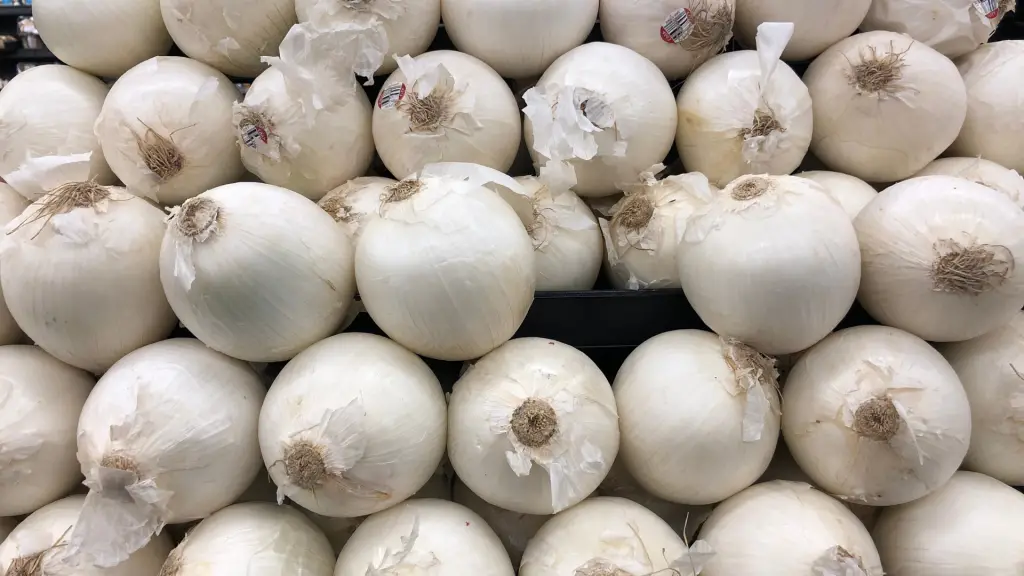
Onions have been constant staples since time immemorial. In Egyptian times, these quotidian vegetables were believed to help the dead in the afterlife. Onions have been widely appreciated for their crisp, appetizing flavor.
It’s not surprising that 93,226,400 tonnes of onions are produced annually to meet the average consumer’s annual consumption – 13.67lbs. [2]
Unless you order your fresh produce online, you have more control over the quality of your onions than you think! Without further ado, let’s dive in!
An Interesting fact about onions– Americans eat 20 pounds of onions on average per person every year.
1. Shop Seasonally

There’s a reason why these layered bulbs look bright in specific seasons and transform into dull counterparts in others.
While worldwide farming has increased the chances of enjoying onions throughout the year, some seasons are still important for picking your best produce.
The best time to pick onions is between July and September, but I usually wait till the last weekend of September for bulk shopping. They are available in yellow, red, and white with varying layers of thick and papery skins.
Storage onions are perfect for savory dishes. Yellow onions are typically more full-flavored and form 87% of the onion production – an ideal choice for dishes that require longer cooking times, such as caramelized onions.
Interesting Fact: The onion by itself doesn’t make us cry. The sulfenic acid is emitted while peeling or slicing, which makes our eyes wet and burn.
2. Grab From The Back

When you’re shopping at a grocery store, always reach the back and dig through its section for the freshest items. According to Michael Tesler, founder of Retail Concepts, smart grocery retailers rotate the oldest merchandise in front or top to get rid of them quicker. [3]
Grabbing items from the back also ensures that other shoppers haven’t touched your onions. You should also consider buying onions in the middle of the week. Most fresh food is delivered on Tuesdays, so if you shop on Wednesday, you’ll be getting the freshest batch of sweet onions.
3. Check The Surface
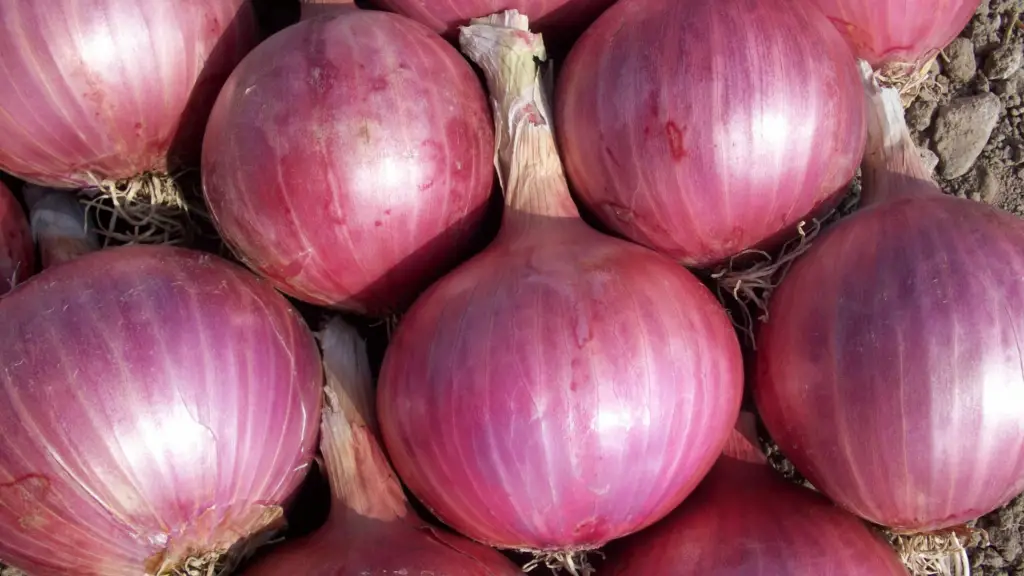
It’s important to check the surface of onions to gauge whether they are fresh or going to turn bad. You’ll want to check for dark spots on the surface or other underlying components such as color and texture.
Since onions come in varying forms, colors, and textures, I will break down some ways to identify if they taste as delicious as they look.
Green Onions

As with other scallions, the root end of green onions should be bright white and have firm, undamaged stalks. At the grocery store, a green onion should have bright green leaves and undamaged soft spots.
Avoid slimy or limp green onions. They should be well refrigerated or displayed in crushed ice. If you notice any disfiguration or wet spots, discard them immediately. Scallions or ‘bunched onions’ have a mild onion smell and can be eaten raw or used as garnishing.
Yellow Onions
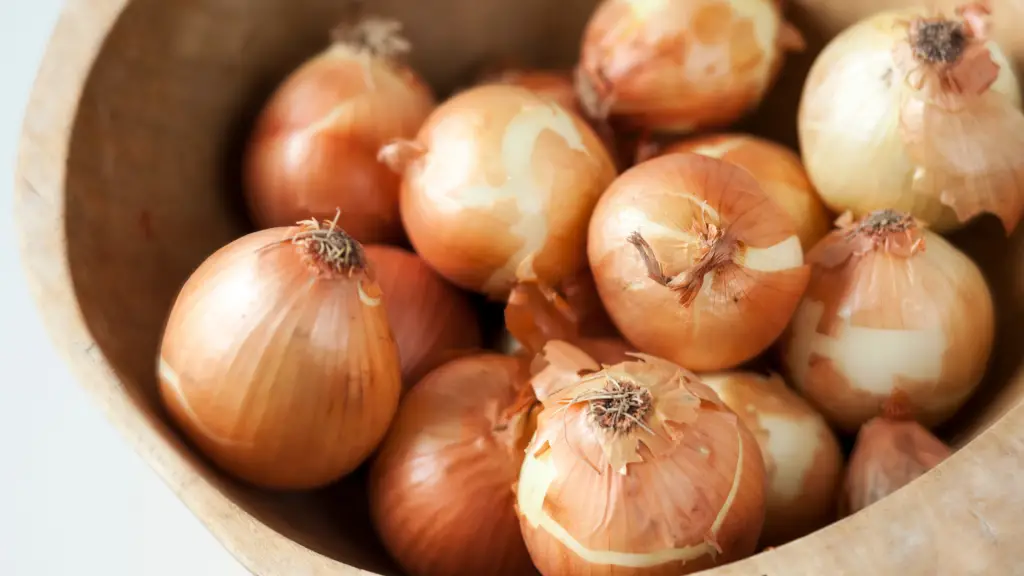
Yellow onions are usually the go-to option for cooking due to their intense flavor and high sulfur content. The standard gold onion performs exceptionally well in simmering oils and seasoned dishes.
Yellow onions have a papery outer skin which can develop dark spots or begin to grow mold over time.
Pro Tip: If you notice any kind of sprouting, it indicates that the onions are beginning to go bad.
Sweet Onions
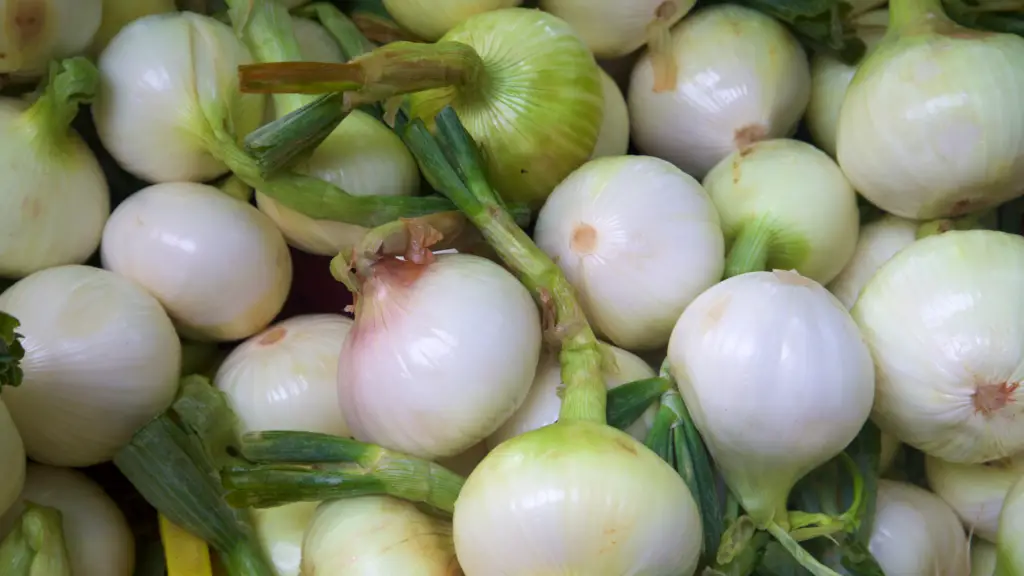
To spot a sweet onion that has gone bad, look for dry or dehydrated flesh or any other soft spots. At the grocery store, look for heavy sweet onions free of visible spots or bruises.
Red Onions
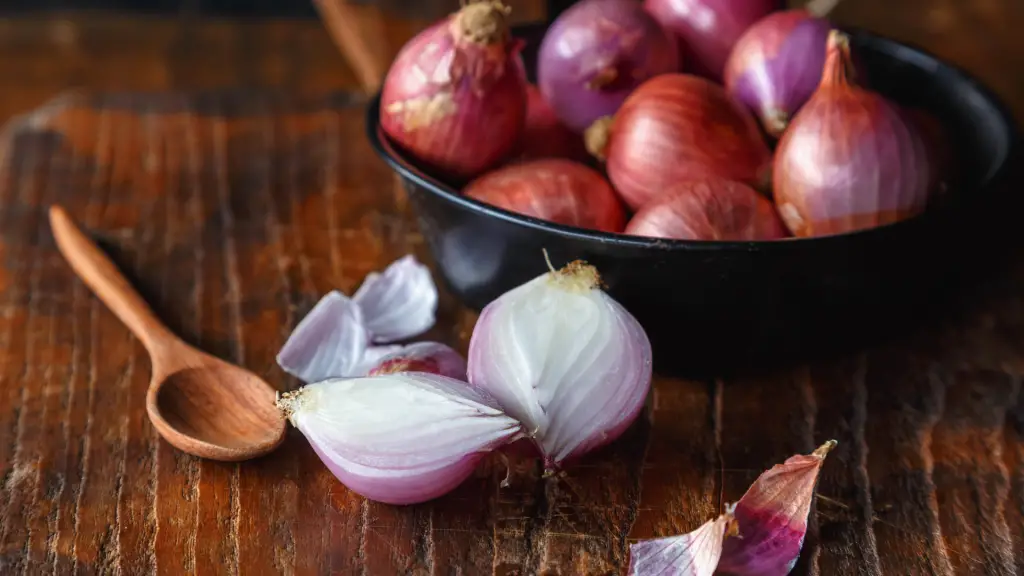
These ubiquitous onions in the produce section have a lustrous, plump appearance. A blemish-free red onion with vibrant skin is perfect for enriching the flavor of food. Avoid red onions that have dull, peeling skin with mold or dark patches.
Pearl Onions
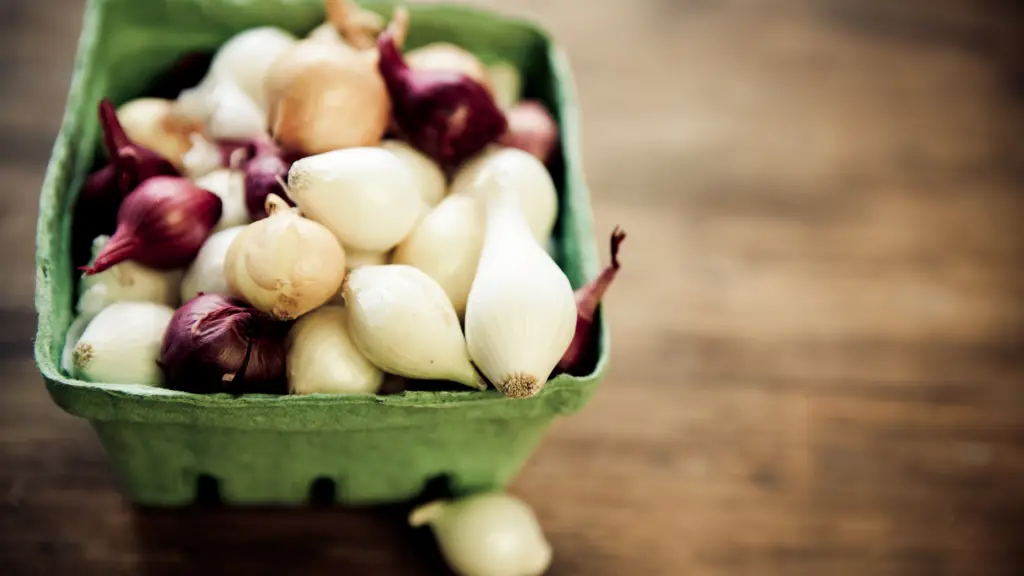
These bulb-like onions are generally smaller than other onions. They are generally sold in bags or containers and are available in numerous colors. Look for pearl onions that have a papery outer covering and are extremely firm.
4. Smell The Onion
Rotten or bad onions usually have an overpowering smell that indicates a pungent, decaying odor. Although most onions have a strong smell, it’s quite easy to distinguish between a natural smell and an astringent odor.
You’ll notice a putrid or overpowering decaying smell if the bulbs are bad or rotten.
Pro Tip: Look out for onions with an offensive odor – it’s probably best if you stay away from that onion.
5. Test The Firmness
Regardless of shape and size, a good onion should be firm and hard when you touch it. Make sure that your onions are not mushy in general. If you cannot notice any prominent flesh damage or harsh smells, you can touch the onion to test its firmness and texture.
Generally, the first signs of damage appear in the form of soft and slimy textures.
Pro Tip: Remember that exploring the multiple layers is impossible, so always give the outer flesh of the onion a light squeeze to test its freshness. If it feels too soft and mushy, it’s probably gone bad.
How To Store Onions?
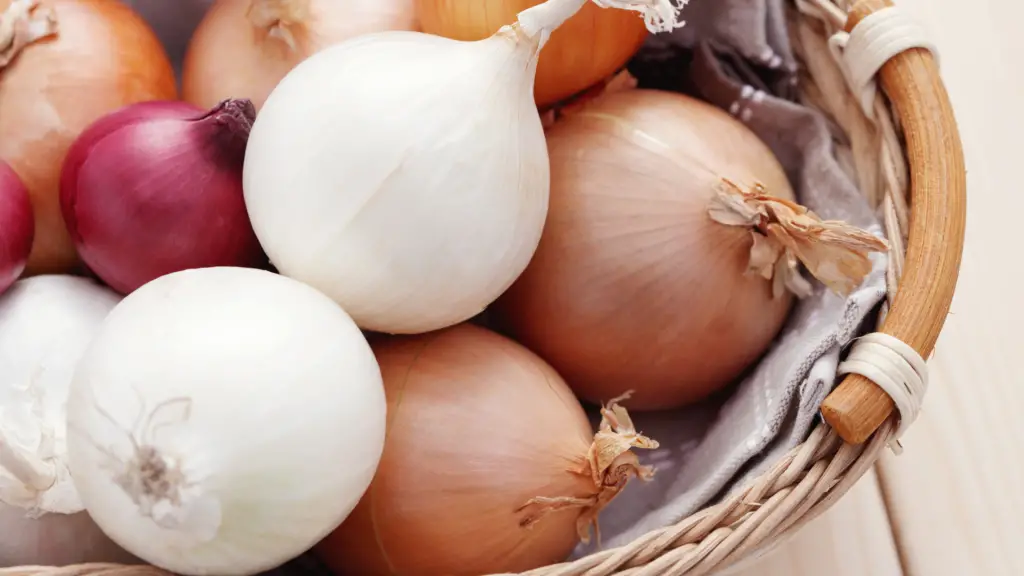
According to the National Onion Association, onions should ideally be stored in a dry, cool, well-ventilated area.
After you procure your high-quality fresh onions, transfer raw onions to airy containers. Avoid using plastic bags, as the lack of air circulation reduces shelf life.
- You can also store raw onions in the freezer for 2-3 months. Whether you’re storing onions at room temperature or a slightly cooler medium, it’s important to allow air circulation so that it does not develop mold over time.
- If you want to store sliced or cooked onions, make sure to conduct a cursory inspection over time. The USDA recommends storing onions at temperatures between 45℉-55℉ (7℃-12℃). Peeled onions can be stored in the refrigerator for 10-14 days.
- Never store whole onions in the fridge as it exposes them to cold, humid conditions.
- Store your fresh onions in a dark and dry place. Direct sunlight and humidity can affect its freshness over time.
- Do not store your onions with potatoes. Moisture-releasing foods like potatoes can affect onions due to the humidity.
Pro Tip: I store onions in open baskets or mesh bags at room temperature. To store your onions in the freezer, use an airtight container or freezer to prevent contamination.
The Bottom Line
Picking onions at the grocery store can be a daunting affair, especially if you aren’t aware of specific components. Whether you are buying onions fresh or stockpiling them for the year, checking them regularly is crucial.
Choose onions that have a natural, fresh appearance without any noticeable blemishes or spots. If you detect a pungent odor or sprouts, discard them immediately.
